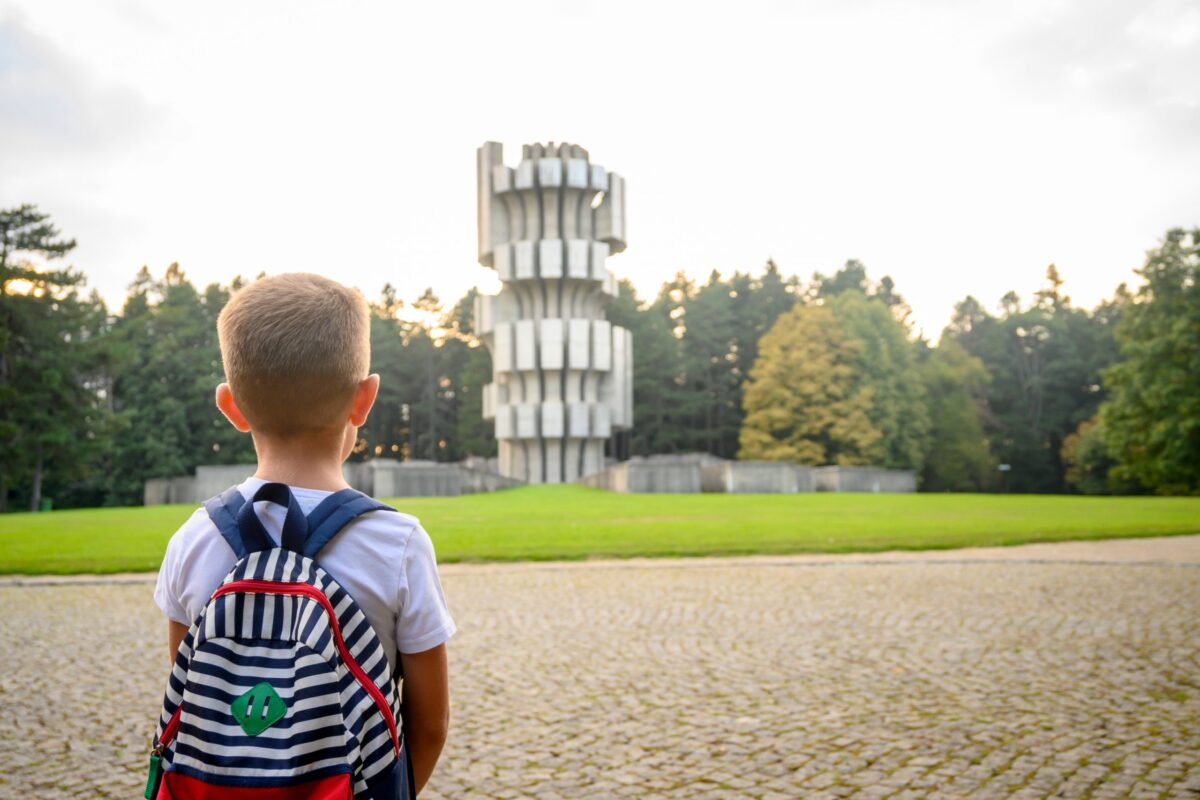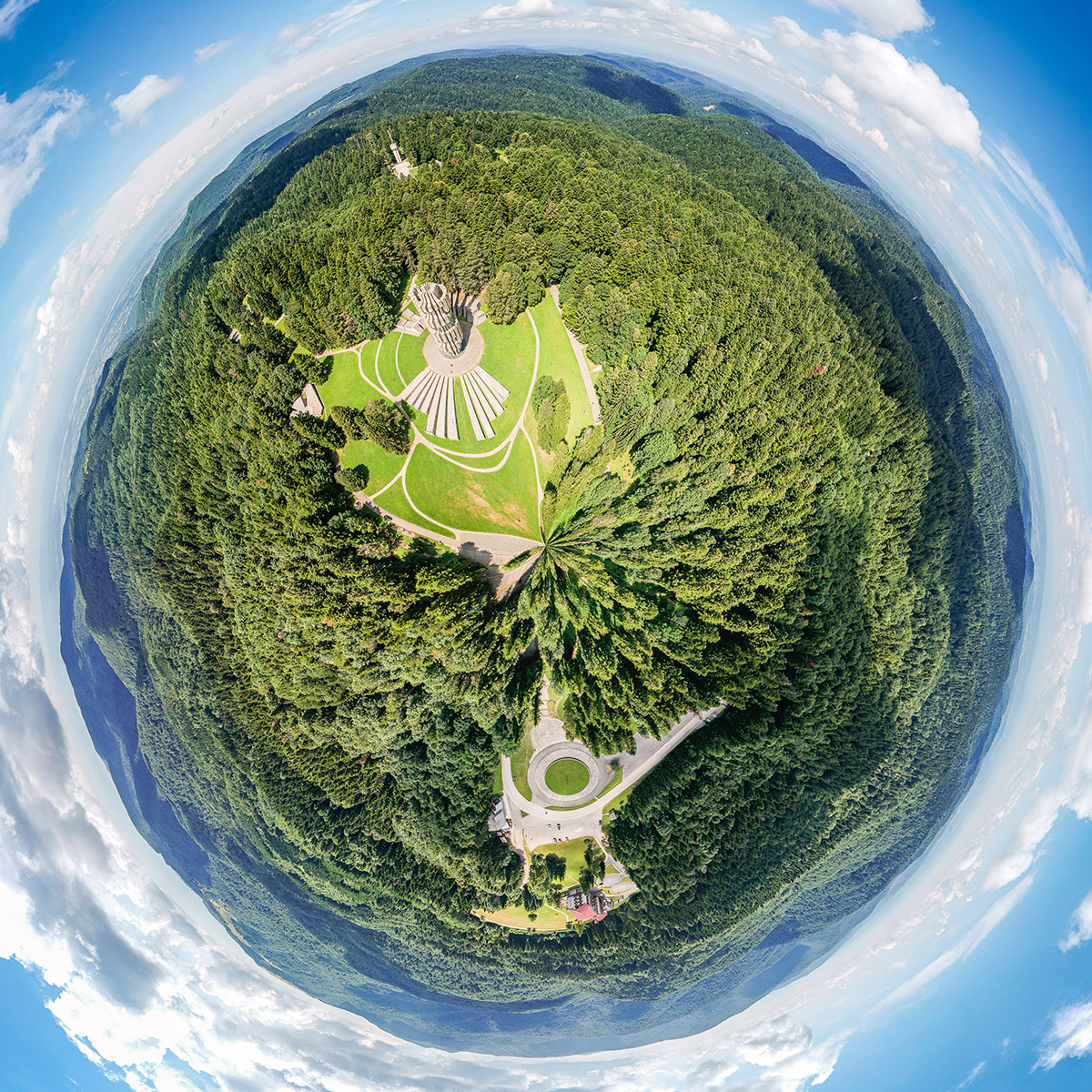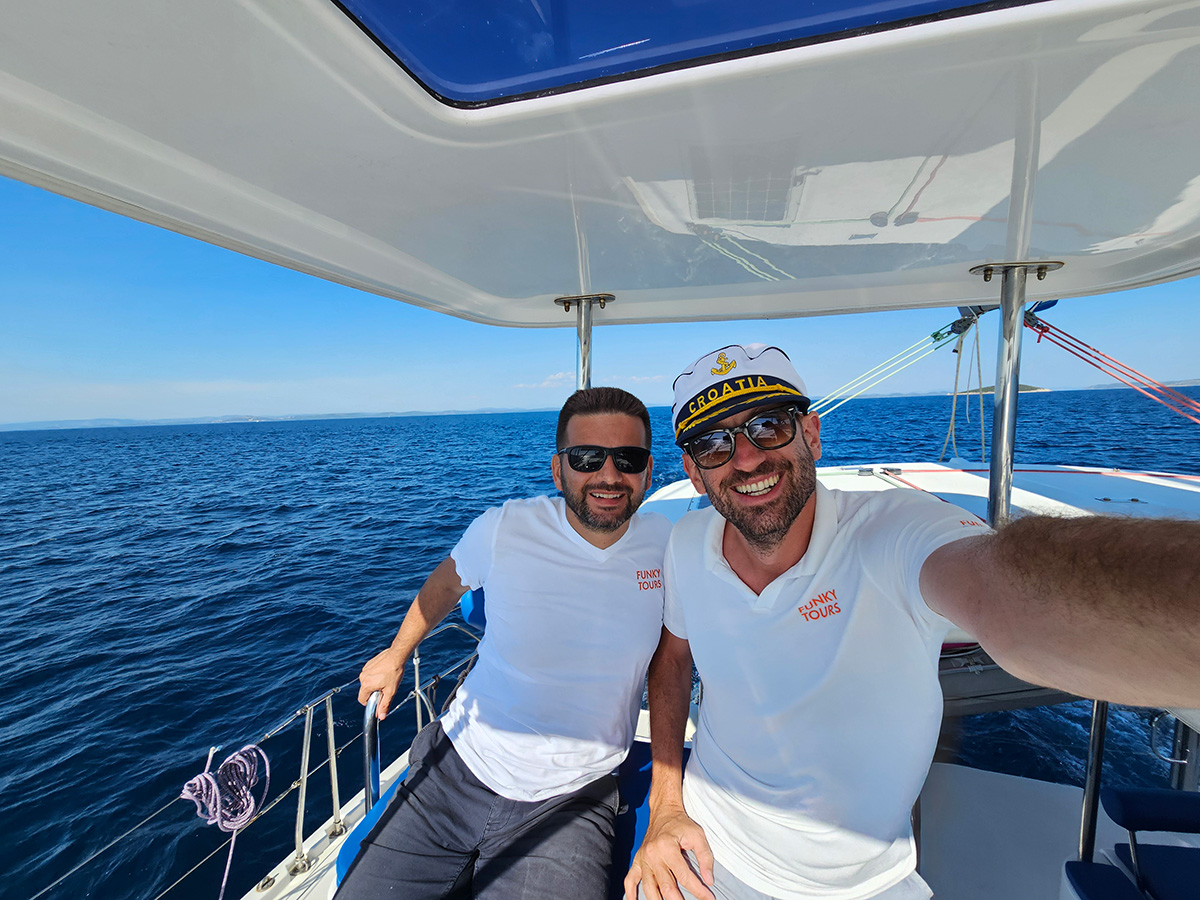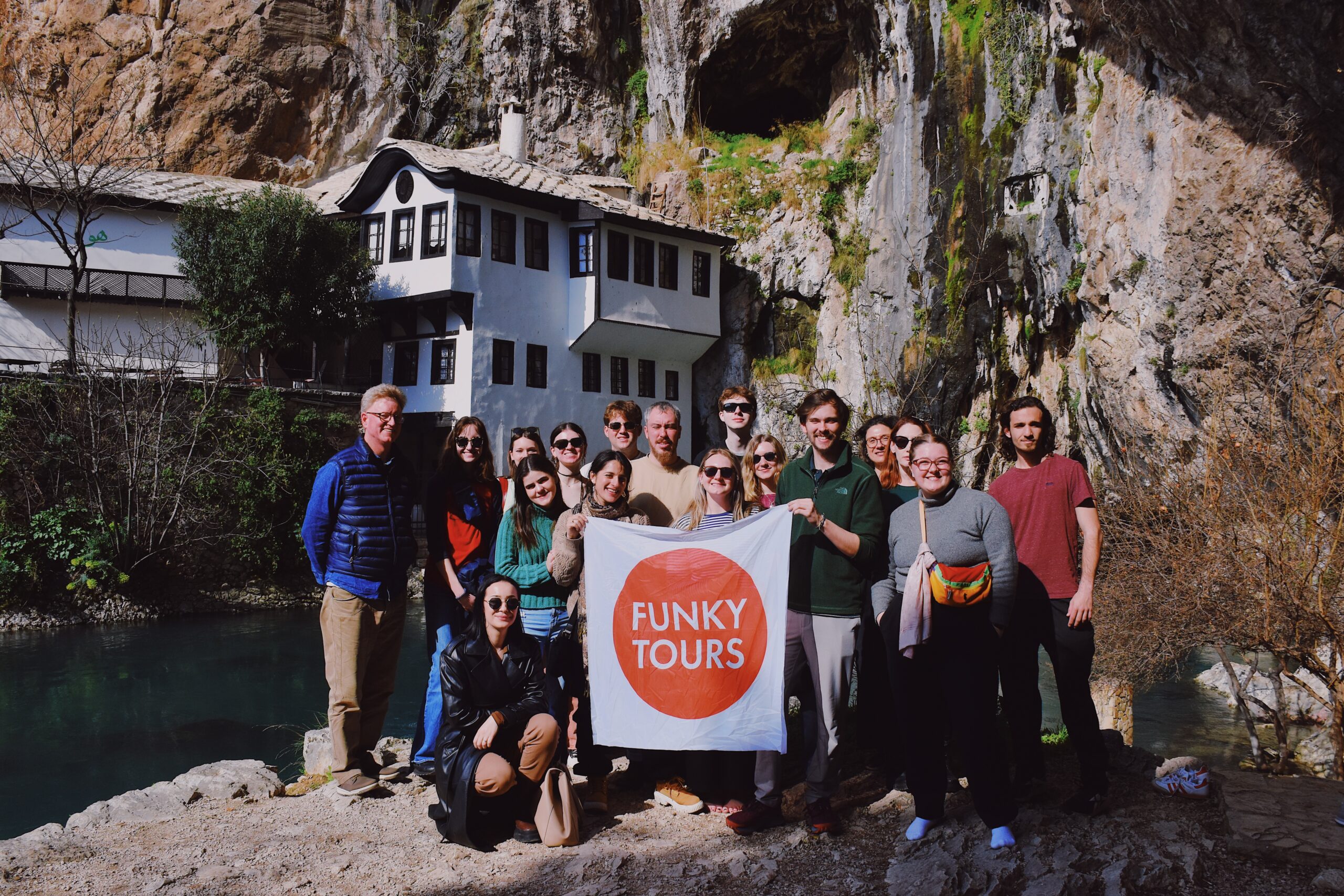Kozara National Park, one out of four in Bosnia and Herzegovina, sits at the eponymous mountain at the very northwestern part of the country which, if not yet, has to be put on your bucket list. This place is one of those that overwhelms you and meets all of the requirements that every adventurer amongst the travellers has.
National park was declared in 1967. and geographically we find it between the two urban centers, cities of Banja Luka and Prijedor (even though it’s a bit closer to the latter one).
Kozara mountain is the place which comprises the tough history of the region of Potkozarje (wider region of Kozara mountain with its cities) with a memorial center that preserves the culture of remembering with modern time activities such as hiking trails, minor ski resort, special hunting ground, trim trail, climbing site, mountain bike trails, adventure park and decent accommodation for everybody’s need.






